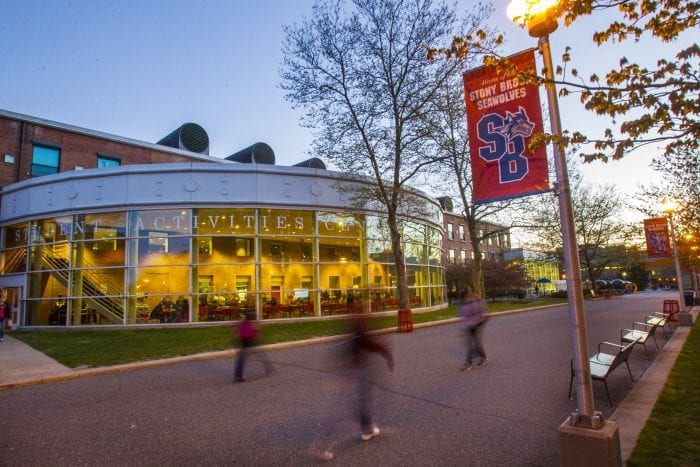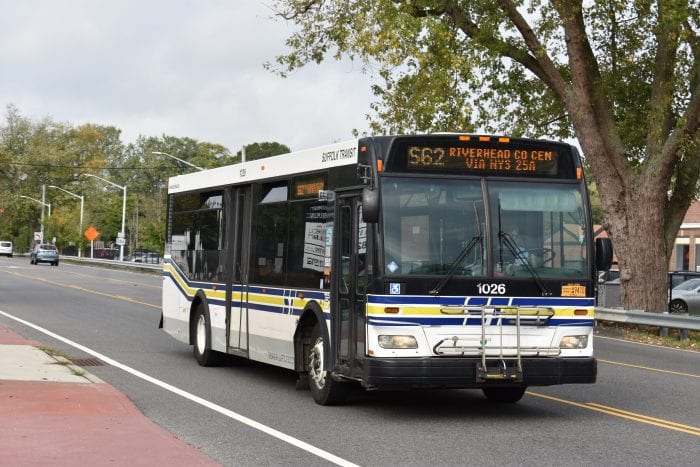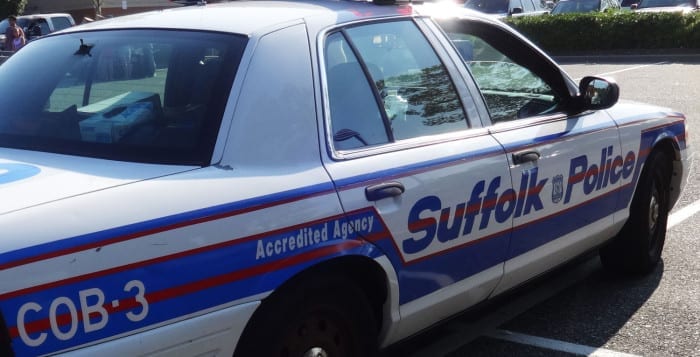A reader recently called the office and asked a member of the editorial staff why social media companies like Facebook and Twitter have been shielded from lawsuits over the content users post on their platforms, while newspaper editors usually take extra precautions when publishing letters to the editor.
Social media platforms have been covered by Section 230 of the 1996 Communications Decency Act, as they are not considered moderators of content provided by their users, but distributors. The same act protects distributors of books, magazines and newspapers.
It is a law that has become controversial, as The New York Times has pointed out, since it also covers websites that propagate hate speech. Websites can effectively set their own rules for what is and what is not allowed.
However, regarding newspapers, readers will often find that letters to the editor pages in many publications such as ours stress that the opinions of columnists and letter writers are their own. They do not speak for the newspaper. We also edit letters for length, libel, style and good taste, and the editorial department vets them to ensure factual accuracy. While social media companies and internet service providers are protected under Section 230, newspapers, radio and television stations are held to a higher standard, allegedly due to their ability to moderate content and maintain editorial control.
At the same time, more social media sites are expressly moderating people’s posts. Facebook recently cited that it’s detecting and removing most hate speech before anyone sees it. If the argument was these sites didn’t have the capacity to moderate all its content, it is in the strange spot of arguing at the same time that it effectively can.
While outside content across the worldwide web is innumerable and almost impossible to keep track of, with a newspaper the content can be reviewed by an editor. Although most newspapers, including ours, are open to printing readers’ opinions no matter what side of the political aisle a person may take, as a privately owned business we have the option to decline to publish anything that comes across our desks. Based on our standard of ethics, letters can be declined if they include racist comments or defamatory statements — such as accusing a person of a crime, a breach of ethics or professional dishonesty. Newspapers can potentially bear the responsibility of being held accountable under libel laws if a letter claims something about a person that is known to be false or should have been known by the editorial staff. Of course, it’s hard to litigate libel in New York state, as one has to prove the defamation was made with actual malice.
Local newspapers like ours don’t always have the luxury of having numerous letters to choose from and, being familiar with the different viewpoints of community members, we have the right to decide not to publish letters that express extreme views. Still, we do our best to provide an outlet where everyone feels they can express their opinions and exercise their freedom of speech. However, unlike most posts on social media, we also understand the importance of protecting our community members as best as we can from hearsay.
Regarding Section 230, it may be time to hold social media accountable for the content that pops up in a person’s newsfeed. Let’s not forget which accounts have been suspended by Twitter or those who have been thrown in “Facebook jail.” It seems as if the technology is out there to decipher false claims and what is otherwise hate speech. The fact that these corporations seem to want autonomy while displaying they have the capacity to monitor their users’ messaging is untenable — the general political divisiveness and the proliferation of so much mistruth are reasons enough that laws need to change.
Considering how many rely on social media for information, it may be time for these platforms to step up to the plate and verify what their consumers read or risk government reform.














